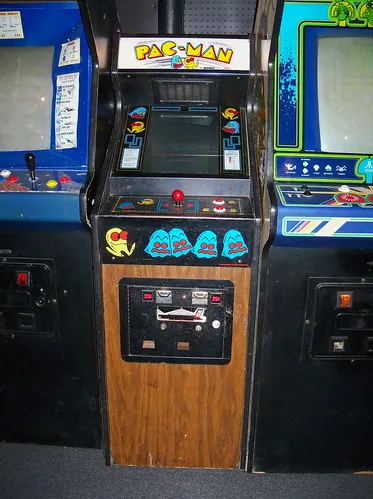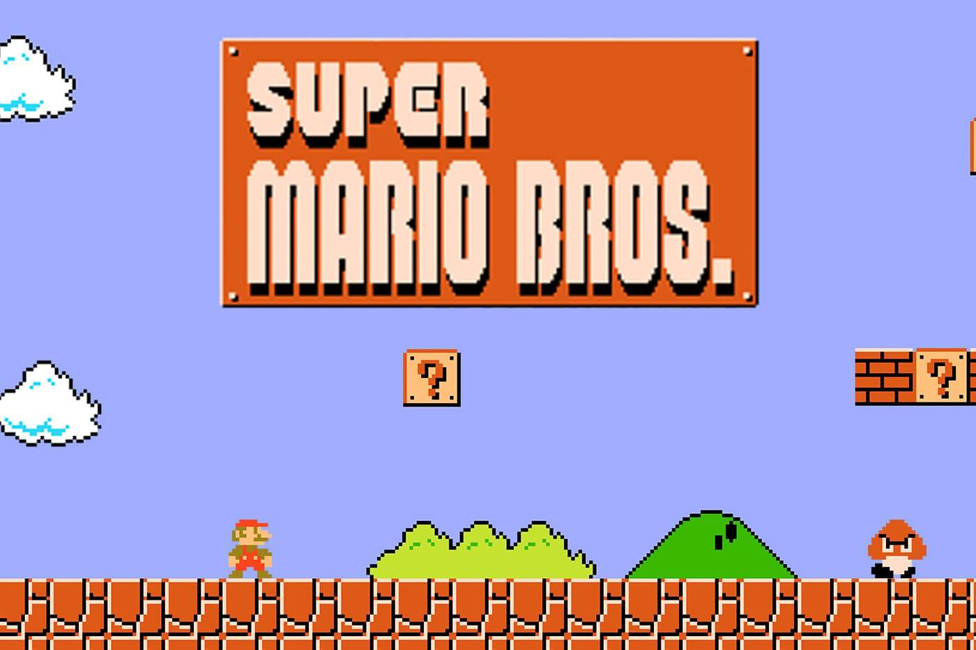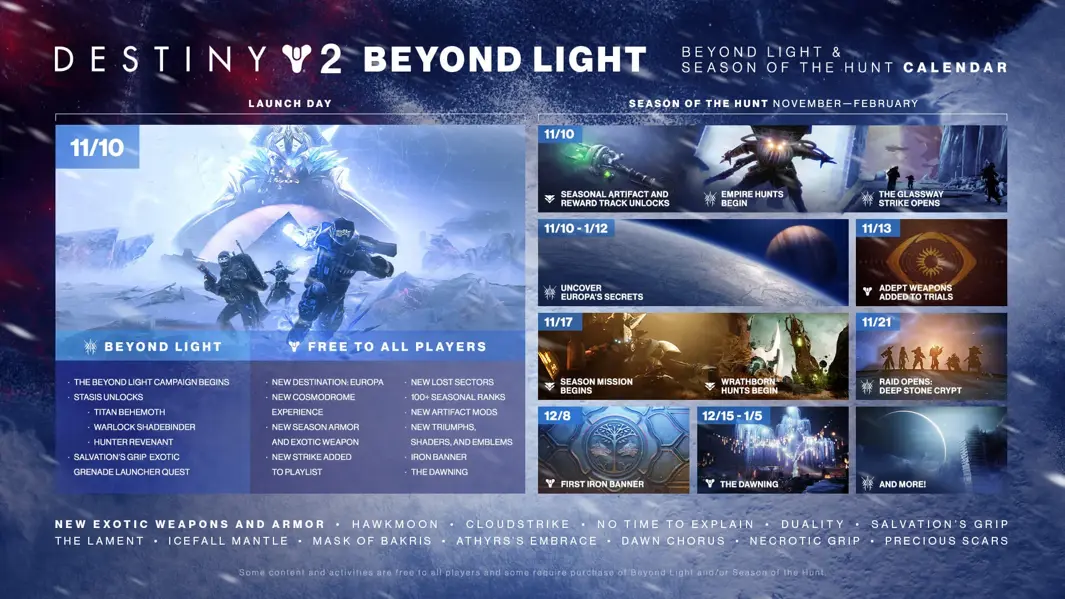A Journey Through the History of Video Games

The world of gaming has come a long way since the days of Pong in the early 1970s. From simple pixelated graphics to immersive virtual reality experiences, the evolution of gaming has been nothing short of remarkable. In this blog post, we will take a journey through the history of gaming, exploring the major milestones and advancements that have shaped the industry into what it is today.
I. Origins and Early Innovations
The history of video games dates all the way back to the mid-20th century, marked by the emergence of experimental electronic entertainment devices. One of the earliest examples of interactive entertainment was "Tennis for Two," developed in 1958 by physicist William Higinbotham. This simple tennis simulation showed the world that interactive electronic entertainment was possible and served as the foundation on which a thriving industry was built.
II. The Birth of the Arcade Era
The late 1970s and early 1980s marked a pivotal point in the history of video games with the birth of the arcade era. The public's fascination with electronic entertainment led to the proliferation of arcade games across the globe. The era was defined by iconic arcade games like Pong, Space Invaders, and Pac-Man.
Pong, released by Atari in 1972, was one of the first commercially successful video games and it quickly became synonymous with the word "video game". Its simplistic design, featuring two paddles and a moving ball, offered a form of entertainment that was accessible, yet captivating, laying the groundwork for interactive electronic gaming as we know it today.
Subsequent years witnessed the release of Space Invaders and Pac-Man, games that transcended the realm of the arcades, permeating popular culture. Space Invaders, released in 1978, introduced the concept of high scores and continuous play, while Pac-Man, released in 1980, with its colorful characters and maze-like gameplay, became a cultural phenomenon. This era marked the transformation of video gaming from a novelty to a popular and profitable form of entertainment.

III. The Rise of Home Consoles
The evolution of video games continued in the mid-1980s with the rise of home consoles. The Magnavox Odyssey, released in 1972, was the first home video game console, but it was the Atari 2600, released in 1977, that truly revolutionized the industry. Offering interchangeable cartridges that contained different games, the Atari 2600 brought the arcade experience home, making it possible for players to enjoy a variety of games without leaving their living rooms.
"The introduction of home consoles marked a significant shift in the way we interacted with video games. It was no longer just about the game itself, but also about the social experience of playing together in the comfort of our own homes," says gaming historian and author, Leonard Herman.
In the wake of Atari's success, numerous competitors entered the market, including Coleco with its ColecoVision and Mattel with its Intellivision. Each system offered its own unique games and features, contributing to the diversity and richness of the home console market.
However, the market faced challenges due to a lack of quality control, leading to the "Video Game Crash of 1983." Due to market saturation and declining interest in home gaming, revenues plummeted from $3.2bn in 1983 to a mere $100m two years later in 85. One particular game "E.T. the Extra-Terrestrial", released in 1982 for the Atari 2600 was blamed for the significant role it played in the downfall of the game industry. Due to rushed development, awful controls and an all-around lack of imagination the game came out to unanymously negative reactions from critics and consumers alike leading to a loss of confidence in the industry. This, along with other factors, contributed to a stark decline in video game sales and ultimately the crash that marked a pivotal moment in gaming history.

IV. The Nintendo Revolution
The resurgence of the industry was spearheaded by Nintendo's introduction of the Nintendo Entertainment System (NES) in 1985. The NES sold a total of 61.9 million units and was hailed as the console that resurrected the industry which had been on the brink of collapse following the crash of 83. Games like "Super Mario Bros." and "The Legend of Zelda" captured players' imaginations, setting new standards for storytelling and gameplay. These two games particularly served as a lifeline for the video game industry, revitalizing consumer confidence at a crucial moment. Ultimately, the NES not only revived the industry but also blazed a trail for the future of video game consoles.

V. The Advent of 3D Graphics and Innovation
The 1990s saw the transition from 2D to 3D graphics, with groundbreaking consoles like Sony’s PlayStation and the Nintendo 64 hitting the shelves and pushing the boundaries of visual realism. Games like "Final Fantasy VII" and "Super Mario 64" showcased the power of 3D environments and the potential it had to radically change the industry. Final Fantasy shocked the world with its incredible visuals and immaculately realized environments. On the other hand, with its tight controls and precise momentum based gameplay Super Mario 64 reimagined the platforming genre and set a benchmark for the level of quality expected from triple A titles.
In the dawn of the new millennium, the year 2000, Sony gifted the world with a remarkable sequel to their revolutionary Playstation console - the legendary Playstation 2 (PS2). This event marked yet another glorious milestone in the ever-evolving saga of 3D gaming. The PS2 console was not just another gaming system; it was a phenomenon that took the world by storm, achieving both commercial triumph and critical acclaim that echoed through the halls of gaming history.

By the end of its debut week, the PS2 had already sold a staggering 55 thousand units, a feat that left jaws dropped across the globe. This unprecedented level of commercial success was a shockwave that rippled through the gaming industry, setting a bold new standard and painting a tantalizing picture of the industry's potential in the upcoming decades.
Even now, the PS2 holds the undisputed title of the best-selling console of all time with a whopping 158 million systems sold worldwide. The reasons for its success are as evident today as they were in the early 2000s, remaining a testament to Sony's innovative spirit and the enduring appeal of immersive 3D gaming.
Ultimately, the Playstation 2 was the console that dared to innovate. With its high-performance Emotion Engine CPU and graphics synthesizer, the PS2 pushed the envelope of what was considered possible in terms of visual representation and 3D environments.
VI. The Emergence of Online Gaming
The late 1990s and early 2000s witnessed the rise of online gaming, fueled by the widespread adoption of the internet. Massively Multiplayer Online or MMO's became a seperate genre that attracted a different breed of gamer, one more inclined towards the idea of gaming with their friends and as a part of larger inter-connected communities. 'World of Warcraft' the titan of this genre was released in 2004 and became one of the most successful video games of all time. It's a game that struck a universal chord with gamers and non gamers alike and one that is enjoyed by people from all different walks of life. In the words, of Steven Messner (Game Journalist at PCGAMER) World of Warcraft is "as much of a pop culture phenomenon as it is a videogame."Real relationships and lifelong friendships were born from the online interactions players shared giving credence to the fact that WOW is not just a game but something deeper. And, it's this sense of community that still draws players back into this rich fantastical world of dugeons and dragons everyday.
However, it wasn't solely the realm of fantasy that drew players into the world of online gaming. Titles like "Counter-Strike" ramped up the stakes, introducing high levels of competition into the gaming sphere and paving the way for the emergence of esports. These games offered a new kind of thrill, a blend of strategy, skill, and adrenaline that quickly became a defining feature of the online gaming scene.

Ultimately, the turn of the 21st century was an era in gaming defined by connectivity and the idea that gaming could be a social experience as opposed to a reclusive activity. It wasn't just about playing games anymore; it was about being part of a community, forming friendships, and even rivalries. The world of gaming had evolved into a dynamic, interconnected ecosystem that blurred the lines between reality and the virtual world.
VII. Mobile Gaming and Casual Play
The 21st century introduced a completely new form of gaming accessibility with the proliferation of smartphones. Mobile gaming surged in popularity, allowing players to enjoy games anywhere, anytime. The rise of mobile gaming was fueled by the release of the iPhone in 2007, which introduced a new era of touchscreen gaming. Titles like "Angry Birds" and "Candy Crush Saga" were released on the App Store and quickly established themselves as household names. These games appealed to a broader audience and blurred the lines between traditional and casual gaming. “Flappy Bird” in particular is an example of a game that received universal recognition and transcended the gaming genre to become a pop culture phenomenon and a staple of the time period. Essentially, mobile gaming democratized the gaming landscape and made it easier than ever before to immerse yourself in the world of interactive entertainment.
VIII. The Power of Virtual Reality
Advancements in technology paved the way for virtual reality (VR) gaming experiences. VR headsets like the Oculus Rift and PlayStation VR provided players with immersive worlds and interactive storytelling. Games like "Beat Saber" and "Half-Life: Alyx" demonstrated the potential of VR in redefining how players engage with virtual environments. "Half-Life: Alyx" stood as a testament to the narrative potential of VR, drawing players into a meticulously crafted universe with a level of immersion that traditional gaming mediums could not match. On the other hand, "Beat Saber" showcased the potential for physical engagement in VR, transforming the gaming experience into an athletic endeavor.
Despite its potential, VR faced significant challenges. Notably, the high cost of hardware and the need for a robust computing system limited its accessibility. Moreover, issues with motion sickness caused by a sensory disconnect, also known as “cybersickness,” posed another hurdle for widespread adoption.
In the end, while VR does come with some limitations, it is undeniably the most immersive way to experience interactive entertainment. Now that games are coming out on VR with fully realized stories and intricate gameplay mechanics, the ceiling for VR is becoming increasingly hard to imagine. Everyday we seem to get closer and closer to some outlandish sciencience-fiction reality like the one explored in Steven Spielberg's Ready Player One. A film that imagined a world where VR gaming has taken over our lives and the technology has evolved to use full-body suits which translate our every movement into the digital world.
IX. Modern Gaming
The modern era of gaming is characterized by great diversity and continuous innovation. It has turned into a highly competitive industry, where game developers constantly push the boundaries of technology, narrative, and design to create immersive experiences.
Consider the rise of esports, competitive gaming that has now become a spectator sport. Tournaments like the League of Legends World Championship draw millions of viewers worldwide, with prize pools often surpassing traditional sporting events. This evolution has not only expanded the definition of what it means to be a gamer but has also opened up new avenues for the industry.
"Esports is not just a subculture anymore, it’s a mainstream phenomenon that has taken the gaming world by storm", says Matthew Ball, a venture capitalist and former head of strategy at Amazon Studios.
Another significant development in the modern gaming landscape is the concept of games as a service. Games like Fortnite or Destiny are not just standalone titles; they offer ongoing content updates, engaging their community over a long period. This model has enabled developers to monetize their games beyond initial sales, transforming the economic landscape of the industry.

Furthermore, technology has also played a key role in shaping the industry. The rise of cloud gaming services, for instance, has made high-quality gaming accessible on a variety of devices, eliminating the need for high-end hardware. Companies like Google and Amazon have entered the fray with their Stadia and Luna platforms, respectively, offering a library of games for a monthly subscription.
Not to forget the recent surge in virtual reality (VR) and augmented reality (AR) gaming. While still in its early stages, the potential of these technologies to create immersive gaming experiences is being explored by numerous developers. Games like Pokémon Go and Beat Saber have showcased the possibilities, blending the physical and digital worlds to provide a unique gaming experience.
Finally, the modern gaming landscape also sees the industry grappling with important social and ethical issues. Topics such as loot boxes, video game addiction, and representation in gaming have sparked widespread debate, reflecting the industry’s growing societal impact.
X. The Future of Gaming: Beyond Boundaries
The evolution of video games shows no signs of slowing down. As technology continues to advance, concepts like augmented reality (AR), cloud gaming, and artificial intelligence (AI) are poised to reshape how players interact with digital worlds. The future holds exciting possibilities, from realistic simulations to new forms of storytelling that blur the lines between reality and fiction.
Closing Thoughts
As we look back at the evolution of gaming, it is clear that the industry has come a long way. From humble beginnings to the cutting-edge technology of today, gaming has become a global phenomenon that continues to captivate players of all ages. The future of gaming holds even more exciting possibilities, and we can't wait to see what the next chapter in this historical journey will bring.




